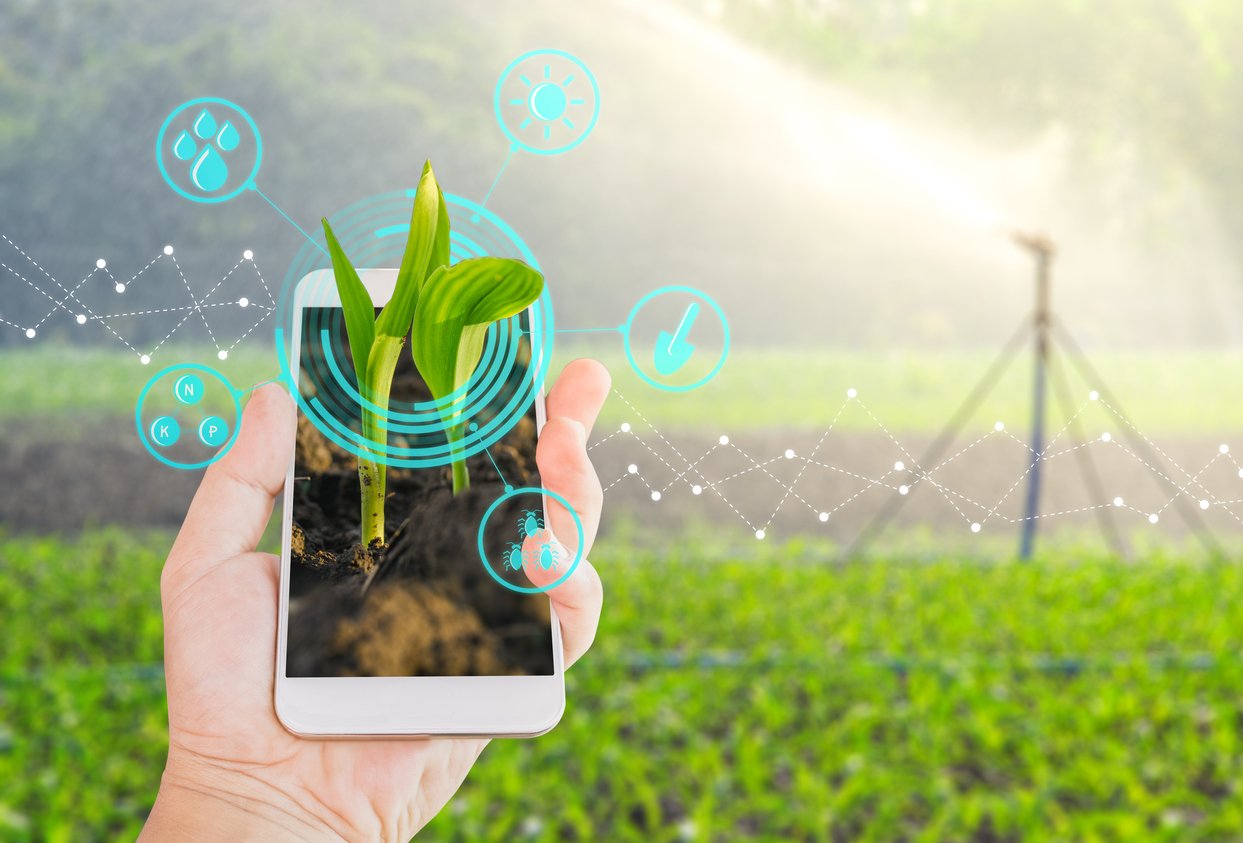Technology is essential to create an agribusiness of the future: sustainable, inclusive and productive
Technology emerges as the main driving force for adaptability to climate models for agriculture and the insertion of sustainable production formats in the sector
The challenges of the century for agriculture and livestock are the climate and climate change, factors directly influenced by the way in which the planet’s natural resources are managed: in a sustainable or exploratory way.
Technology emerges as the main driving force for adaptability to climate models for agriculture and the insertion of sustainable production formats in the sector.
From large machines with state-of-the-art technology to internet network distribution in rural areas, technology is there. The novelty is to make it simple and encapsulated in accessible solutions, which allow the inclusion of small and medium rural producers.
Access to credit with help from space
The large producer has access to a technological apparatus that helps him deal with the impacts of the climate, even if the unpredictability of the climate still causes huge damage. The small producer, contrariwise, is totally hostage to this situation and the financial sector knows this. In view of this, the Brazilian Central Bank invested in a program to manage access to credit, aware of the environmental challenges faced by agribusiness.
The logic that connects the Central Bank, sustainability and geotechnology is the following: the BC’s mission is to ensure price stability, ensure the stability and efficiency of the financial system, smooth fluctuations in economic activity and encourage full employment. When, for example, climatic and environmental shocks occur, relative prices are affected and this impacts the mission of central banks to keep inflation low and the financial system sound.
To control this, geospatial technology is being used by the Central Bank to monitor geodetic coordinates, environmental compliance, perform real-time monitoring and information validation.
Access to credit lines is facilitated for properties that make proper use of the soil, comply with the CAR, have a conservation unit and are not located on quilombola or indigenous lands, among other impediments. All of this, verified with the help of monitoring made by satellites.
“The Sustainable Rural Credit Bureau seeks to define sustainability criteria applicable to rural credit concessions, which will make it possible to characterize rural credit operations with social, environmental and climate additional features” explains Claudio Filgueiras, head of the Brazilian Central Bank department.
Technology for the small producer

The small and medium producer was far from having access to a structure of technologies. In the last year, though, she’s been coming through in a simple way. This changes everything, as it gives the little one more chances of safe production, predictability and access to credits.
A novelty along these lines, which inaugurates a new technological race, is ChatGPT. According to the CEO of Agrotools, Sergio Rocha, in a simple and quick way, the small producer will be able to send a message and get an answer to what he needs. “For this reason, with technology, it will achieve economic sustainability, which allows it to invest in environmental sustainability”, he explains.
A company that has developed ways of taking technology in a simplified way to the producer is Agrotools. Created 16 years ago, the company invented a model called geographic identity, in which it is possible to monitor the production process throughout the territory.
“We are essentially a full-scale solutions company. But that turned out to be a sieve for many of the little ones, unfortunately. Many times he didn’t have the correct information and ended up taking actions that no longer matched the policies of the big companies, which are the buyers”, explains the CEO of Agrotools.
However, a problem resides exactly where their technology did not reach: in the small producer, the indirect supplier of livestock, which produces the calves. Demand even from the Green Deal: traceability of the entire production chain, including indirect ones, and zero deforestation.
“Socially, this meant exclusion from subsistence farming, while at the same time creating a marginalized market”, analyzes Sergio.
To correct this gap, the Reinsertion and Monitoring Program (PREM) was developed, a virtual geomonitoring platform developed by Agrotools for Imac. The PREM aims to monitor the environmental protection of deforested areas of rural properties blocked for trade with slaughterhouses that signed the Conduct Adjustment Term – TAC with the Federal Public Ministry – MPF.
“The project was only possible thanks to the courage of the Instituto Mato-Grossense da Carne and the attorneys from MT, who understood that technology could be a process that made it possible due to its relational cost. To keep up with small properties, especially in a large state like Mato Grosso, the cost of moving was high. We managed to get approval for a technological model to provide an economically viable way back”, says Sergio Rocha.
With just the use of a smartphone, the producer starts his environmental adaptation process and reinserts himself in the formal livestock market, as long as he undertakes to isolate the deforested area without authorization from the competent bodies, and must suspend activities on this area that has been deforested irregularly after July 22, 2008.
“This is the first project that says that if he made a mistake, he has a way back. Through PREM we clearly see the importance of technology. It is essential to feed the planet and guarantee food security”, analyzes Caio Penido, president of IMAC.


